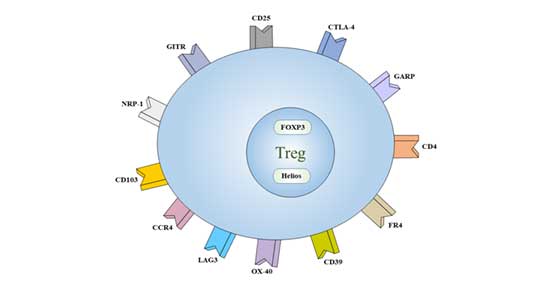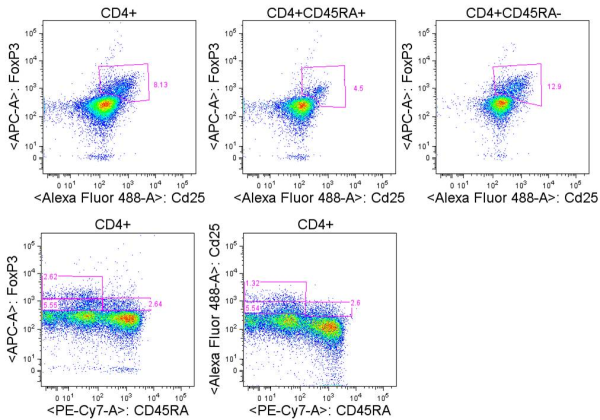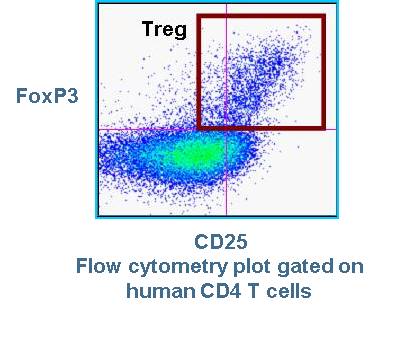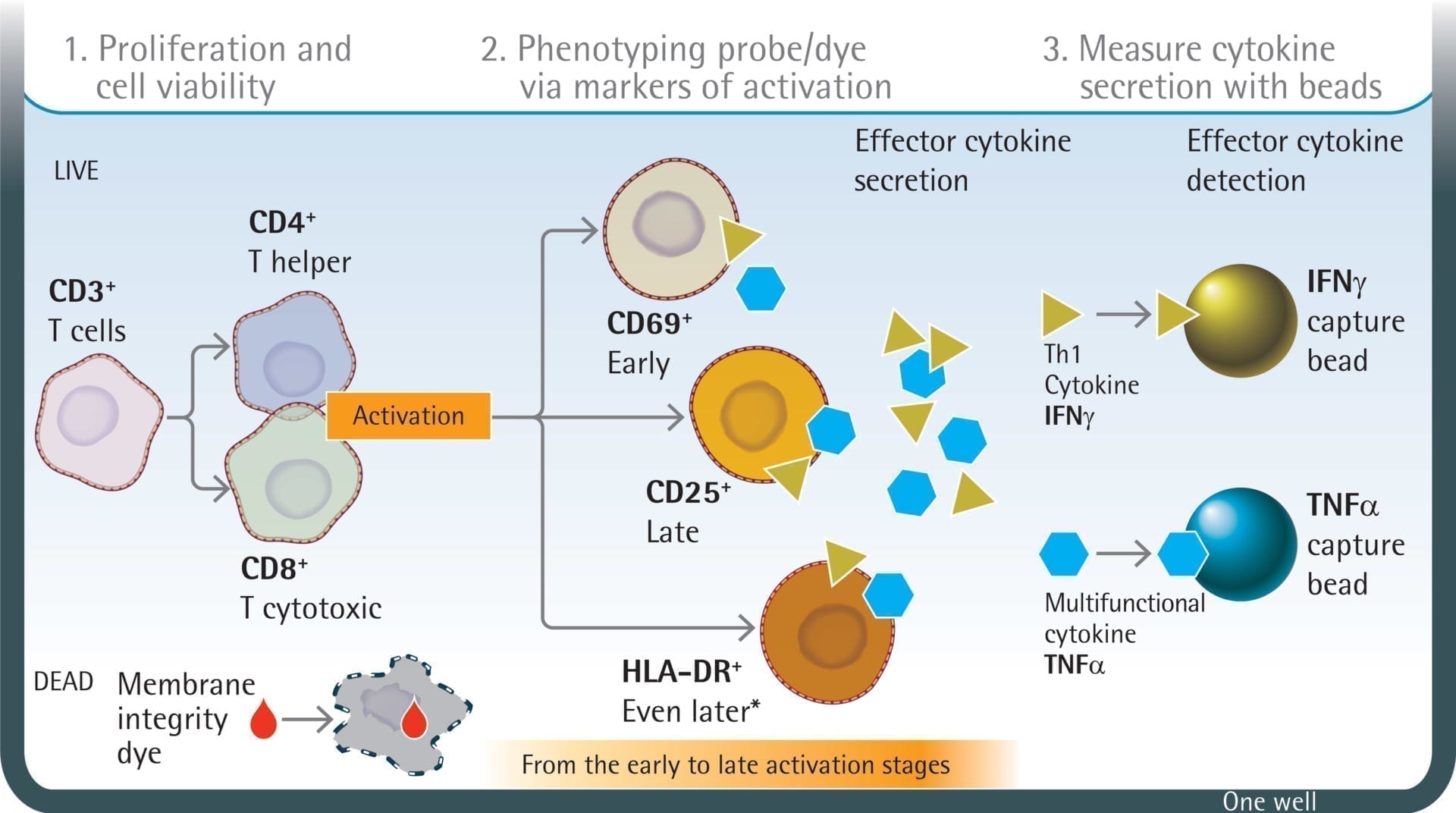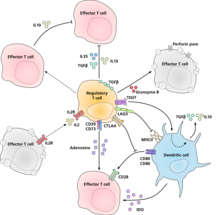
A. Normal activation marker CD69 and CD25 expression on KO T cells.... | Download Scientific Diagram

Multiple sclerosis patients have reduced resting and increased activated CD4+CD25+FOXP3+T regulatory cells | Scientific Reports
Comparative analysis of activation induced marker (AIM) assays for sensitive identification of antigen-specific CD4 T cells | PLOS ONE

CD4+ T cell regulation of CD25 expression controls development of short-lived effector CD8+ T cells in primary and secondary responses | PNAS
CD25+CD127+Foxp3- Cells Represent a Major Subpopulation of CD8+ T Cells in the Eye Chambers of Normal Mice | PLOS ONE

Flow cytometric detection of activation cell surface markers, CD69 and... | Download Scientific Diagram

Foxp3+ CD25– CD4 T cells constitute a reservoir of committed regulatory cells that regain CD25 expression upon homeostatic expansion | PNAS

Central Nervous System-Infiltrating T Lymphocytes in Stroke Are Activated via Their TCR (T-Cell Receptor) but Lack CD25 Expression | Stroke


